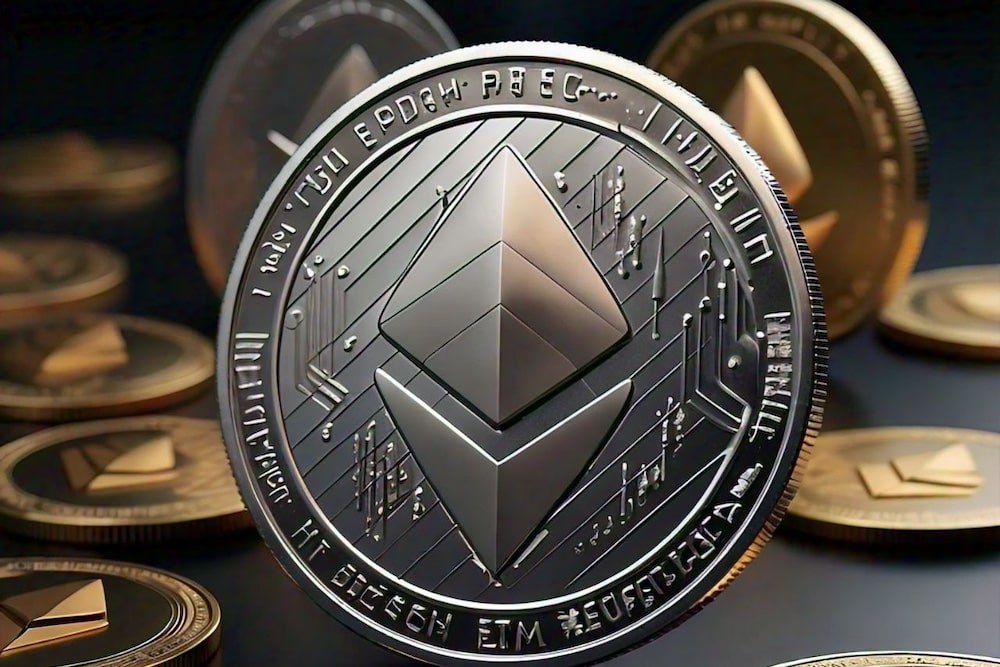Ethereum (ETH) is poised for a significant rally, with its price targeting the $4,000 milestone. However, market participants are zeroing in on a critical support level at $3,000, which could propel the cryptocurrency’s upward momentum to the $4,000 mark and beyond.
According to Ali Charts, a popular X personality and cryptocurrency analyst, Ethereum’s crucial support level lies at $3,000, a threshold bolstered by substantial investor interest, as evidenced by the significant accumulation of ETH at this price point.
#Ethereum has established a solid demand zone around $3,000, where 2.82 million addresses accumulated over 6.14 million $ETH. This key support level could pave the way for #ETH to rebound toward higher highs. pic.twitter.com/vUZVtOmKWN
— Ali (@ali_charts) November 18, 2024
With about 2.82 million addresses accumulating over $6.14 million worth of ETH in the $3,000 price range, this robust demand zone serves as a ‘safety net’ and pivotal foundation for Ethereum’s future price movements, supported by the several buying activities of numerous market participants.
Institutional Interest Ignites Ether’s Ascent
As institutional interest in Ethereum continues to surge, a breakout above the $4,000 threshold appears increasingly likely.
In a recent report, the State of Michigan Retirement System revealed in a 13F filing to the United States Securities and Exchange Commission (SEC) that it invested more than $11 million worth of crypto assets in Grayscale’s Ethereum exchange-traded fund.
The Michigan pension agency bought 460,000 shares of the Grayscale Ethereum Trust (ETHE) and an additional 460,000 shares of the Grayscale Ethereum Mini Trust ETF (ETH), both worth about $10 million and $1.1 million at the time of the report.
Ahead of Ethereum’s ETF debut, Bybit’s institutional head, Eugene Cheung, observed increased optimism towards Ether among institutional investors compared to retail investors.
Data collected revealed a pronounced uptick in institutional investor appetite for Ether, as they substantially boosted their holdings from 6.54% to 14.29%, representing a 118% increase. Meanwhile, retail investors moderately expanded their allocation from 7.4% to 9.52%, signaling a broadly optimistic sentiment towards ETH price.
Ahead of the SEC’s approval, Matt Hougan, Bitwise Asset Management’s CIO, predicted that the launch of Ethereum ETFs would catapult ether prices above $5,000. With a solid support base at $3,000, Ethereum is poised to extend its upward momentum to $4,000 and beyond.







